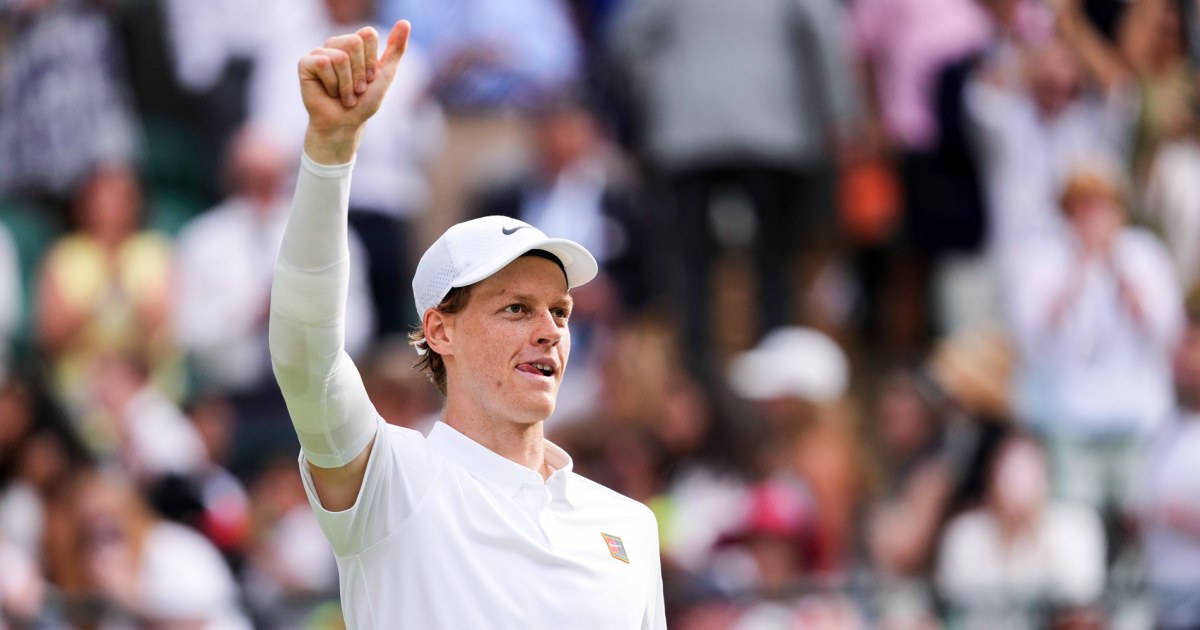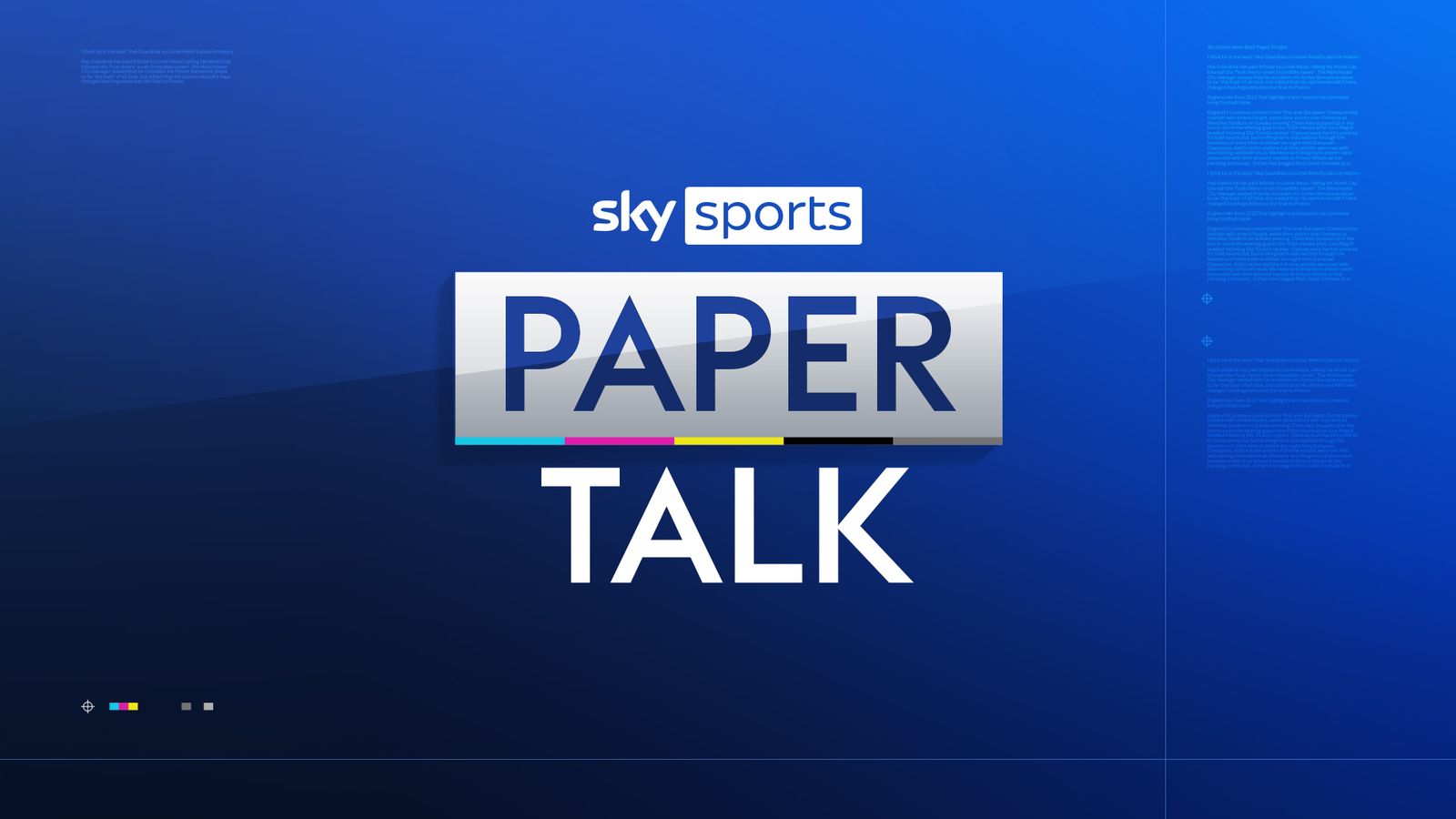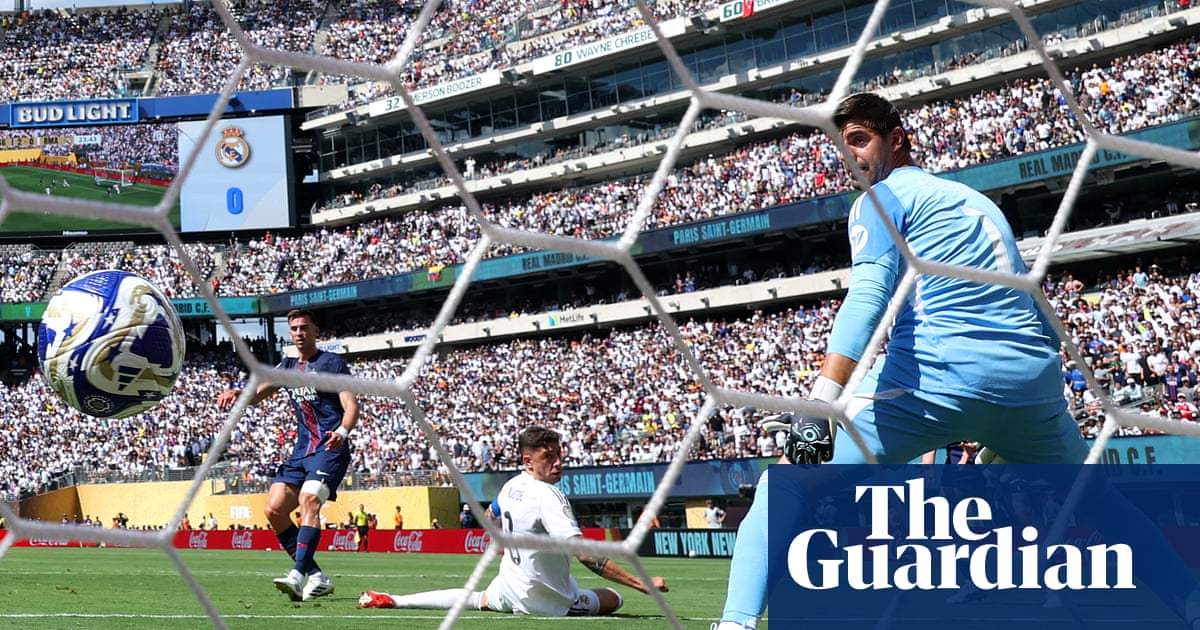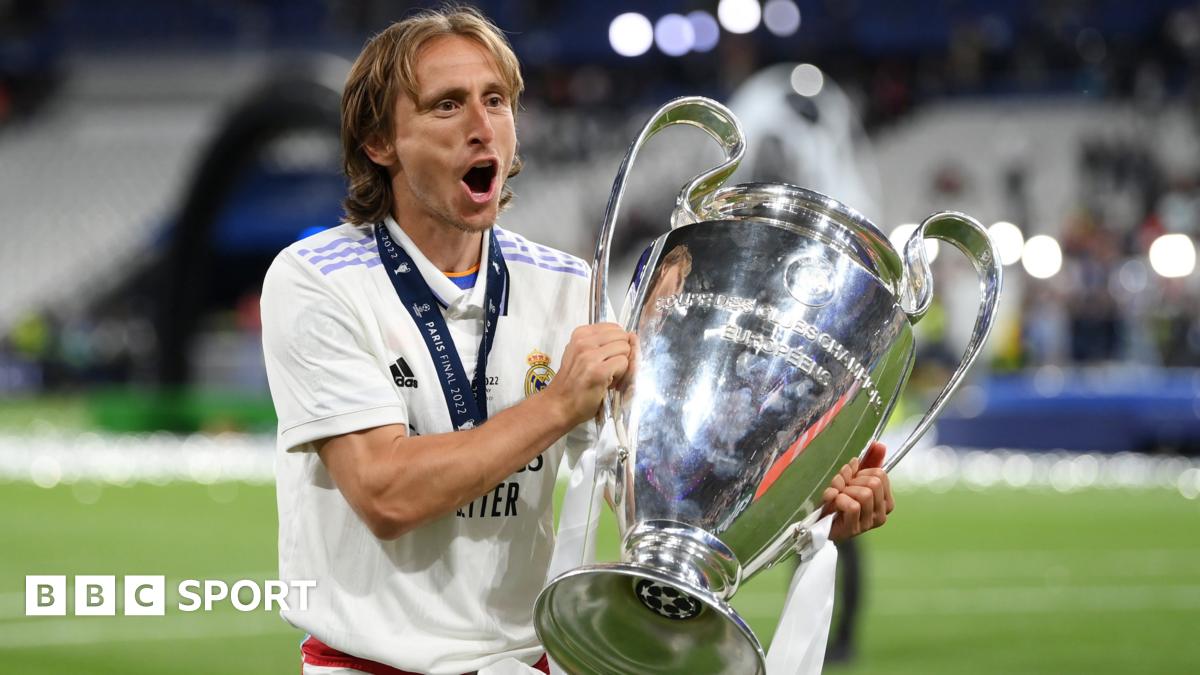In Wimbledon’s tennis paradise, serve should be king but the return reigns

THE ALL ENGLAND CLUB, LONDON — Ben Shelton gets a lot of attention for his devastating serve. On Monday, he showed why he’s been putting all of his attention onto his returns.His fourth-round match against Lorenzo Sonego took a major turn in his favor in the third-set tiebreak, when Sonego, who kept coming up with 130-mile-per-hour serves all afternoon, fired a 129 mph bullet at Shelton’s forehand as he tried to keep the set alive. Shelton reared back and cranked a forehand down the line that hit the baseline. Sonego didn’t even have time to make a move for it.AdvertisementEleven games later, with Sonego serving to stay in the match, Shelton made sure that didn’t happen, with two deep forehand blocks that he would have struggled to get his racket on a year ago.“I want to be an elite returner,” Shelton said after the 3-6, 6-1, 7-6(1), 7-5 win put him in his first Wimbledon quarterfinal. “I’m certainly not there yet, but I’m much better than I was when I started out on tour.”And just in time, too.A quality serve is indeed a really good thing to have at Wimbledon, but the ability to return those serves is what separates the good from the great. John Isner, another American who had perhaps the most dangerous serve ever, made the semifinals in 2018. But that was the only year he won more than two matches at the All England Club.On the men’s side, even moreso than the women’s, being a big server means little in tennis these days if a player’s return isn’t up to standard. A somewhat predictable cast of big-serving characters plowed through the early rounds this year, but the one still standing, alongside Shelton, is the one who can give a tutorial on returning on grass to anyone who will listen.Taylor Fritz survived two of the biggest servers in the game in the first two rounds in Giovanni Mpetshi Perricard and Gabriel Diallo. It’s not uncommon for Fritz to spend most of his off-day practice sessions returning serve, especially during Wimbledon, where hanging back and taking big cuts at the ball is mostly out of the playbook.Don’t be afraid to stand in. Stay firm, shorten the backswing and block the ball back, or even chip it. Get the point going. On every other surface, a short, slow return might as well be followed by a walk to receive the next ball. On grass, it brings people who want to hang on the baseline forward, and gets the biggest servers springing out of their motion and needing to immediately scramble forward.Advertisement“There’s just too much court to cover with these guys,” Fritz said after the win over Diallo. “I can use their pace. I don’t have to swing at all. I just have to stick my racquet out and be firm with it.”On just the third point of his opening match against Mpetshi Perricard, Fritz showcased the effectiveness of this strategy:Iga Świątek, who has won five Grand Slam titles and spent 125 weeks at the top of the rankings, mostly views her opponent’s serve as the shortest ball she will see during each point. Why not try to jump all over it?Not at Wimbledon this year. Through her first four matches, Świątek has hit just four winners off returns. Yet, she’s still winning nearly 40 percent of the points on her opponent’s serve, including 57 percent of the return points on second serve. She described her more patient approach as making smart decisions, playing shots “at 100 percent” without being “crazy.”Świątek is harnessing that patience on return while adding some juice to her own serves. She slammed down 118 miles per hour deliveries on average in her 6-2, 6-3 win over Danielle Collins in the third round, mostly jamming the American with body serves to try to take the block return out of the equation.It worked, against a player in Collins who has one of the better returns in the game. She won her first two matches convincingly and figured to pose a real threat to Świątek. Her technique on grass is to take a couple of steps back, before moving forward as the ball approaches, to put some momentum behind her block. She followed the same strategy against Clara Tauson of Denmark Monday and moved into the quarterfinals at Wimbledon for just the second time in her career.“I do think sometimes chipping the returns is more effective than, you know, taking a crack at it,” she said. The major downside to cracking a return is that if it does go in, but doesn’t win the point outright, the ball will come back too quickly.Advertisement“You just chip it or block it. You give yourself a little bit more time and you make the person think,” Collins said.There’s no question that chipping back solid, deep returns, or even short ones that bring an opponent to an awkward spot in the middle of the court, isn’t exactly the sexiest form of winning tennis. Hitting screaming winners and firing 145 mph serves will make far more highlight reels. It probably won’t win a Grand Slam, not these days anyway.Jannik Sinner, the men’s world No. 1, basically never misses a return, putting a tournament-leading 78 percent of them back in the court. He has taken the Świątek approach too, and is yet to hit a return winner. That means opponents struggle to find a free point, making the experience of playing him especially exhausting. Novak Djokovic is even better, at 80 percent, with 12 return winners.Among the men who played more than one match, they are first and second in points won off their opponents’ first serves. Of the players who made the final 16, six of them are in the top 11 in that category. Eleven of the players who made the last 16 are in the top 20 for winning points on an opponent’s second serve.Since women don’t face serves as hard as the men, they can register higher in some of these categories than the men do. But the same trends are there.Emma Navarro didn’t seem like an obvious candidate for success on grass.The world No. 10 is a quality mover with a solid and consistent game. But she had little experience on grass growing up, doesn’t often come to the net to close points, and her serve may need more work than any other element of her game.And yet, Navarro made the second week of Wimbledon for a second year in a row.Navarro, who faced serves with less pace, which can also often slide across the grass, described a similar game plan.Advertisement“I like to take serves a little bit closer to the baseline on grass and just try to be really strong and stable and use the ground to my advantage,” she said last week.Navarro put 76 percent of her returns back in the court. Mirra Andreeva, who beat Navarro Monday, leads the remaining players at 86 percent. Seven of the players in the last 16 were in the top 20 for points won against the first serve.Navarro led the last 16 in winning 71 percent of the points against the second serve, and she had plenty of company from players who have excelled in that category as well, including Samsonova, Ekaterina Alexandrova, Laura Siegemund, Linda Nosková, Elise Mertens and Andreeva. Siegemund sliced a drop-shot winner off a Madison Keys serve in their third-round match.But it’s possible that the biggest success story in this area this year is Shelton, the American lefty with the cannon serve. Ever since he burst onto the tour at the beginning of 2023, everyone around the game expected big things from Shelton on the grass, where his serve figured to be untouchable.In his first six matches at Wimbledon, across 2023 and 2024, he only won four, and they all lasted five sets. He kept landing in tiebreaks. He could bomb plenty of serves, but getting returns in the court often looked really hard.This year he has won nine of 10 sets in his four matches, and just four of those sets have gone to tiebreaks. He’s returning well enough to cause his opponents stress on their serves, something he has long struggled to do. He’s won 31 percent of the points on his opponents’ first serve, tying him for fourth among players who made the last 16. He’s winning 60 percent of points on their second serve.That’s enough to be a pain in the neck. He’s also won 94 percent of his service games, tied for third with Sinner. That can make opponents feel like they can’t breathe so well, whether Shelton is serving or whether they are, picking them apart in every way he can.Advertisement“For me, the game slows down and gets a lot simpler when I’m serving a high first-serve percentage, I’m hitting my spots and I’m putting every return in play,” he said Monday.“So that’s my goal when I walk on the court. It doesn’t always end up that way. I didn’t serve great today. I was more disappointed in my serving game, and the way that Lorenzo mixes up speeds, spins on a serve, he can get it up to 130, 135. He can also hit the cutter at 95. It was difficult.“In the moments where I needed it most, I returned well today.”(Top photo: Mike Hewitt / AFP via Getty Images)












